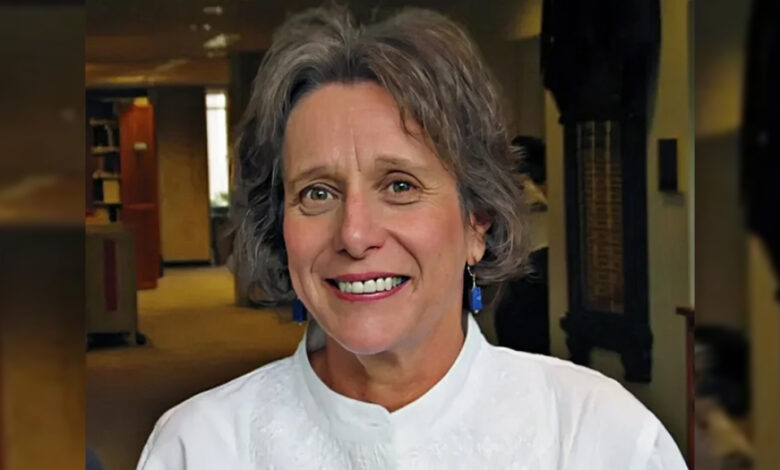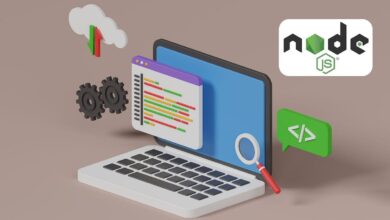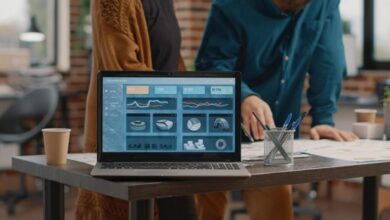An ambassador for accessibility | Penn Today

Web developer Leslie Vallhonrat has been working on the Penn Libraries web team for over 20 years. But her career didn’t start in web development—far from it. “I received an architecture degree from Penn, and I had the privilege of working in Louis Kahn’s office,” she says. “You could say that I used to work in three dimensions, but now I work in two.” She worked part-time as a tutor while raising her children and learned to code after they had grown up. While working as a writer for a historic site, she got a peek behind the curtain at what went into building a website. “I looked at their code and saw what they were doing, and I thought, ‘This is down my alley. I could do this.’”
In her time as a web developer, Vallhonrat has become a champion of web accessibility efforts at the Penn Libraries, encouraging library staff to integrate web accessibility principles into digital platforms and projects and, most recently, spearheading a new Accessibility Ambassadors Group. In acknowledgment of her groundbreaking work in this area, she has recently been named one of the University of Pennsylvania’s Pillars of Excellence.
“Long ago, I knew a blind man who was a programmer. He was so innovative, and so successful, it made me realize that computers could provide people who were blind with a whole career,” Vallhonrat says. “But it also made me realize that websites had to accommodate people with low vision, people who are blind, people who are colorblind.”
“Something that I’ve realized working with people who use screen readers [software that describes aloud what appears on a person’s computer screen] is how inefficient we can make [the process of browsing the web] for them.”
Vallhonrat describes ways to approach making websites more efficient. “I once was sitting with a man who was blind, and he said ‘When you look at a web page, you can see that there’s a column on the side. You can see different sizes of print, and you know [the larger print] are the headers. Right away, you get an idea of what’s on that page. I need the same thing,’” she says. “The main way that we can do that for blind people is to code in a header structure. Then the screen reader can read that header structure to them, and so quickly they know what’s on the page. It maps the page for them.”
Vallhonrat describes some commonly misunderstood aspects of web accessibility, the first being operational. “People think—and this is what was happening at the beginning here—that web accessibility should be a fix that’s applied afterwards. So that’s definitely a misconception. Accessibility should be something that happens as you’re coding things,” she says.
Read more at Penn Libraries.



